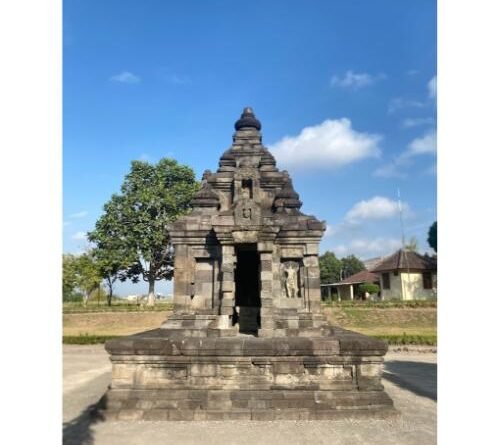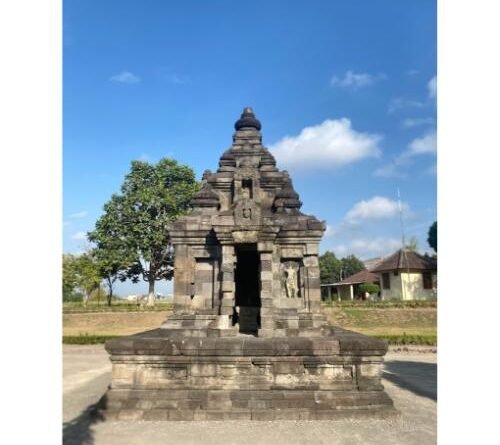Gebang Temple Indonesia
Gebang is an 8th-century Hindu temple located on the outskirts of Yogyakarta, Indonesia. The temple is located at Gebang hamlet, Wedomartani village, Ngemplak, Sleman Regency, Special Region of Yogyakarta. The temple was built during the Mataram Kingdom.
There are no assuring historical backgrounds or inscription records concerning the temple. However the high proportion of the temple feet indicates that the temple was built in the old period of Kingdom of Mataram, c. 730 to 800.
In November 1936, a villager discovered a Ganesha statue. The Art and Archaeological Services (Oudheid Dienst) led an excavation and discovered that the Ganesha statue was part of a small stone building. The archaeological excavation was conducted that year and discovered a temple ruin, the andesite stones that parts of the roof and the base appeared to be intact. Besides the parts of the building, the excavation also yielded some artifacts such as pottery, statuettes, stone boxes (peripih), and lingam. The temple is named “Gebang” as the name of the village. During its discovery, the temple wall and roof collapsed, however, the base was still intact. The temple ruin was buried under Mount Merapi volcanic lahar sediments. The temple was reconstructed by Van Romondt from 1937 to 1939.
















